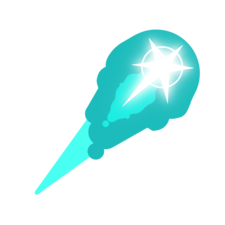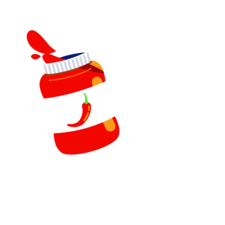Install Steam
login
|
language
简体中文 (Simplified Chinese)
繁體中文 (Traditional Chinese)
日本語 (Japanese)
한국어 (Korean)
ไทย (Thai)
Български (Bulgarian)
Čeština (Czech)
Dansk (Danish)
Deutsch (German)
Español - España (Spanish - Spain)
Español - Latinoamérica (Spanish - Latin America)
Ελληνικά (Greek)
Français (French)
Italiano (Italian)
Bahasa Indonesia (Indonesian)
Magyar (Hungarian)
Nederlands (Dutch)
Norsk (Norwegian)
Polski (Polish)
Português (Portuguese - Portugal)
Português - Brasil (Portuguese - Brazil)
Română (Romanian)
Русский (Russian)
Suomi (Finnish)
Svenska (Swedish)
Türkçe (Turkish)
Tiếng Việt (Vietnamese)
Українська (Ukrainian)
Report a translation problem

























Right from the start, it grabs your attention with an up-to-date introduction about how "surviving is less about eating berries and more about not being eaten by wolves" — a lesson painfully learned by most newbies. This guide gives you the tools and knowledge to craft with confidence. And the tips for resource management.
The guide doesn’t stop at just the basics. Oh no, it ventures into the hunter territory, where avoiding becoming prey is an art. The section on ” Mid to Late Game Tips and Tricks" provides practical strategies for locating hunter camps, evading pursuit from bandits, and avoiding becoming an easy target.
In addition to that, you can use Solar or Wind power, but those are later game and kinda lacking for the power needs you might have vs what you consume. By the time I could get either of those, I had 3 generators, 2 fridges, 2 plant beds with growlights, etc. So generators will remain your primary source of power.